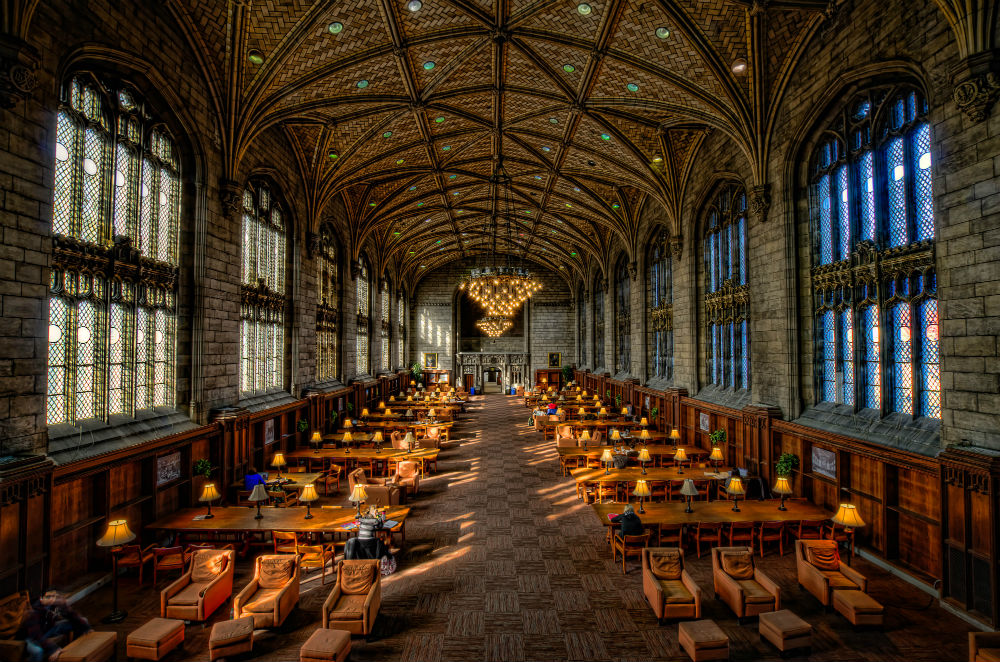
Let me give you some background: I’m one of those guys who is very skeptical of the impact of contemporary social justice activists[ref]The more common term is “social justice warrior,” but I’m not using it because it’s intentionally pejorative.[/ref] on free speech. One of the most-read posts I’ve ever published to Difficult Run was my manifesto on the topic: When Social Justice Isn’t About Justice. I stand by it.
So when news broke that the University of Chicago had sent out a letter to students warning them that there’d be no “safe space” or “trigger warning” shenanigans, you might think that I’d feel a little sense of triumph, or at least relief. And don’t get me wrong, it is (for the most part), a good letter! For example:
[O]ne of the University of Chicago’s defining characteristics is our commitment to freedom of inquiry and expression… Our commitment to academic freedom means that we do not support so-called “trigger warnings,” we do not cancel invited speakers because their topics might prove controversial, and we do not condone the creation of intellectual “safe spaces” where individuals can retreat from ideas and perspectives at odds with their own.
First, there are some substantive problems with the letter, which Ken White (writing at PopeHat, which has long been critical of social justice activists) detailed in a post two days ago: How The University of Chicago Could Have Done A Better Job Defending Free Speech. It’s a good post, and you should read it. White presents a model of what a thoughtful, principled defender of free speech would have clarified in the Chicago letter.
Second, and this is what I want to focus on, is the broader context. And the broader context is that “thoughtful” and “principled” sadly do not describe the most prominent voices who have been critical social justice activists. Consider Breitbart, which has long been on the vanguard of combating the social justice activists and is becoming the focal point of the alt-right movement. Well, kudos to Breitbart for getting that right, but they also happen to be deeply in the pocket of Donald Trump (Breitbart CEO Steve Bannon just came on board as the new campaign manager) and have a penchant for catering to the least thoughtful and least principled audience on this issue.[ref]I’ve recently written about that as well.[/ref]
To some extent, this is unavoidable. Although it’s a war fought with words and reputations rather than a war fought with bullets and lives, it’s still a very nasty fight. Truth–especially as it relates to nuance, moderation, or context–went out the window a long time ago as far as the mos zealous combatants are concerned. I’ve watched first-hand as people who entered this arena with the noblest of intentions were radicalized by the vicious attacks (often directed not only at thems and their livelihoods, but their spouses and children) to the point where they now engage in the same kind of spiteful attacks that they used to decry. It’s been so sad to watch. There’s a feeling of tragedy to it all. I’m not being judgmental. I don’t know if–had I lived through the stresses that they faced–I could have done any better.
Does it give me second thoughts? Does it make me reconsider whether my own position–very, very suspicious of social justice activism and it’s impact on free speech and also on actual social justice–is warranted? Yes, it does. But then I read a piece like this one from Vox: UChicago’s anti-safe spaces letter isn’t about academic freedom. It’s about power. In it, Kevin Gannon baldly defends the practice of students rising up to protest unpopular speakers:
To move from the hypothetical to the real, the Virginia Tech students who protested their university’s invitation to Charles Murray to deliver a lecture weren’t some sort of intellectual gestapo, they were members of a community calling out other members’ violation of the community’s ethos.
Well no, in fact, calling Murray a “racist charlatan” and characterizing his career as being centered on “social Darwinist assertions that certain ‘races’ are inherently inferior to others” (as Gannon writes in his piece) is exactly what I’d expect from an “intellectual gestapo.” Murray is controversial, of course. Some of my most vivid memories are from my sophomore high school English class where we analyzed an article-length version of his most controversial book, The Bell Curve. Was it comfortable to focus on the theory that there are persistent racial differences in IQ? No. And, I should note, our teacher was an African American woman. But I learned more from her in that classroom than from any other teacher I’ve ever had. She taught me that confronting uncomfortable arguments is what education is all about. If that’s not part of your “community’s ethos”, then your campus needs a new community ethos.
The logic of conflict is brutally simplistic: the enemy of my enemy is my friend. The temptation to go along to get along is highest when there’s some noble ideal (like free speech!) apparently hanging in the balance. But it’s a temptation to avoid.
I really wish I had a side I could join a side without reservation. I’d love it if the conservatives were the good guys and the liberals were the bad guys. At this point, I’d love it almost as much if I could have one of those road to Damascus political conversions and decide that the liberals were the good guys and the conservatives were the bad guys. But it’s just not so, and that’s never been more clear than in these days of fear-mongering, nativist ignorance of the Trump candidacy.
As a writer, I always want to have a clever ending. I want to wrap up a post with a keen and penetrating insight that will impress people. But I don’t have one of those for you today. Sometimes the truth is banal, and the trick lies not in discovering it, but rather in implementing it. So here’s my conclusion: please, be decent. Stop turning political ends into justification for hostility towards people who believe differently than you do. Stop using principles as rationalizations to be uncharitable or to shade the truth. Stop making ideals into excuses.
We’re never going to all get along. We’re never going to all agree. We’re never going to find the ultimate compromise that makes everyone happy. It’s always going to be a struggle, living with each other down here on Earth, but it doesn’t have to be as nasty as it is today. It won’t be perfect. But it could be a little bit better.
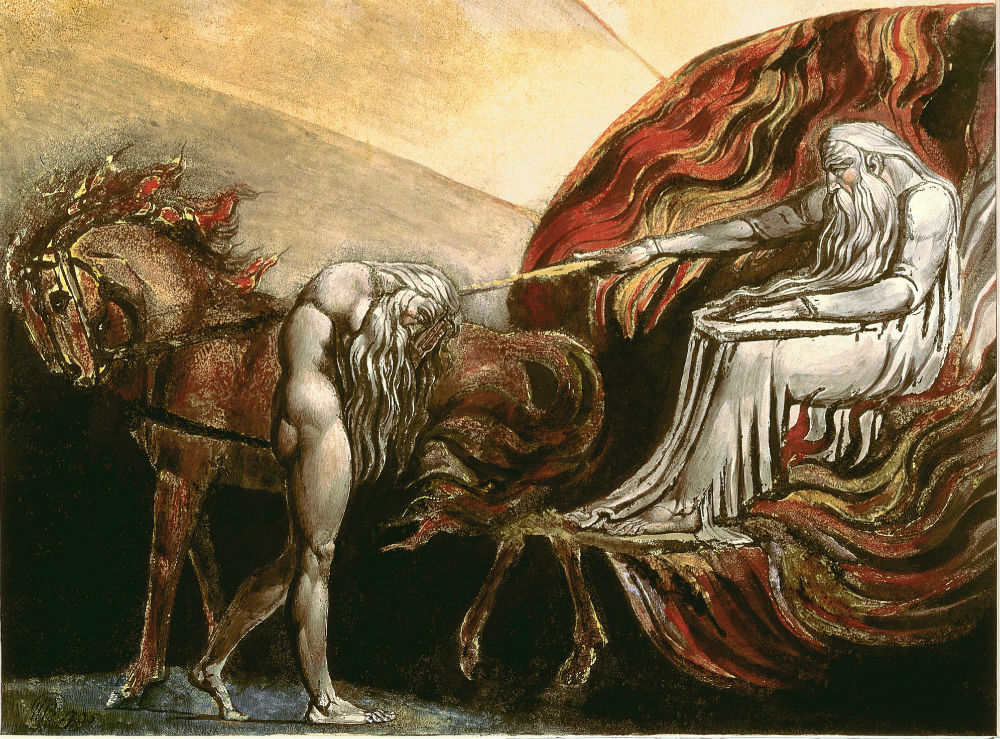


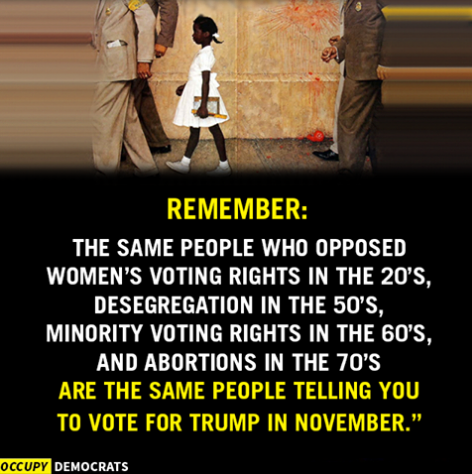

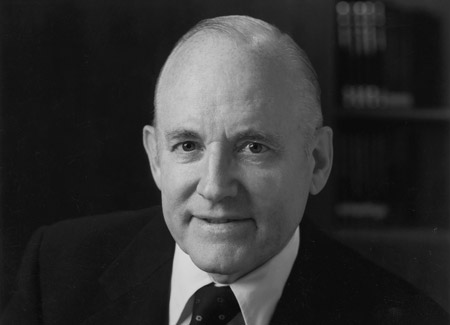



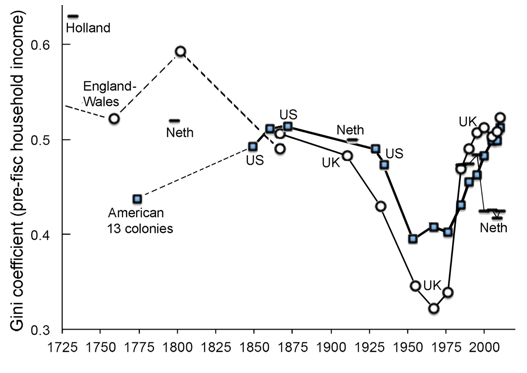

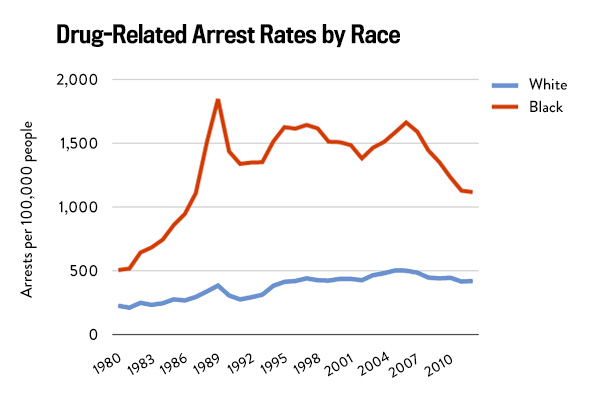
 Most people are in favor of renewable energy such as wind and solar, yet many supporters tend to look at natural gas with disdain.[ref]Arguably due to the means of its extraction (fracking). For example, there’s been
Most people are in favor of renewable energy such as wind and solar, yet many supporters tend to look at natural gas with disdain.[ref]Arguably due to the means of its extraction (fracking). For example, there’s been 

